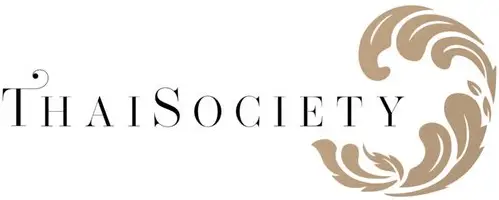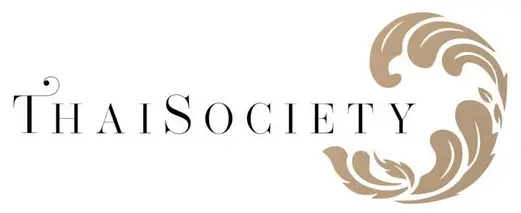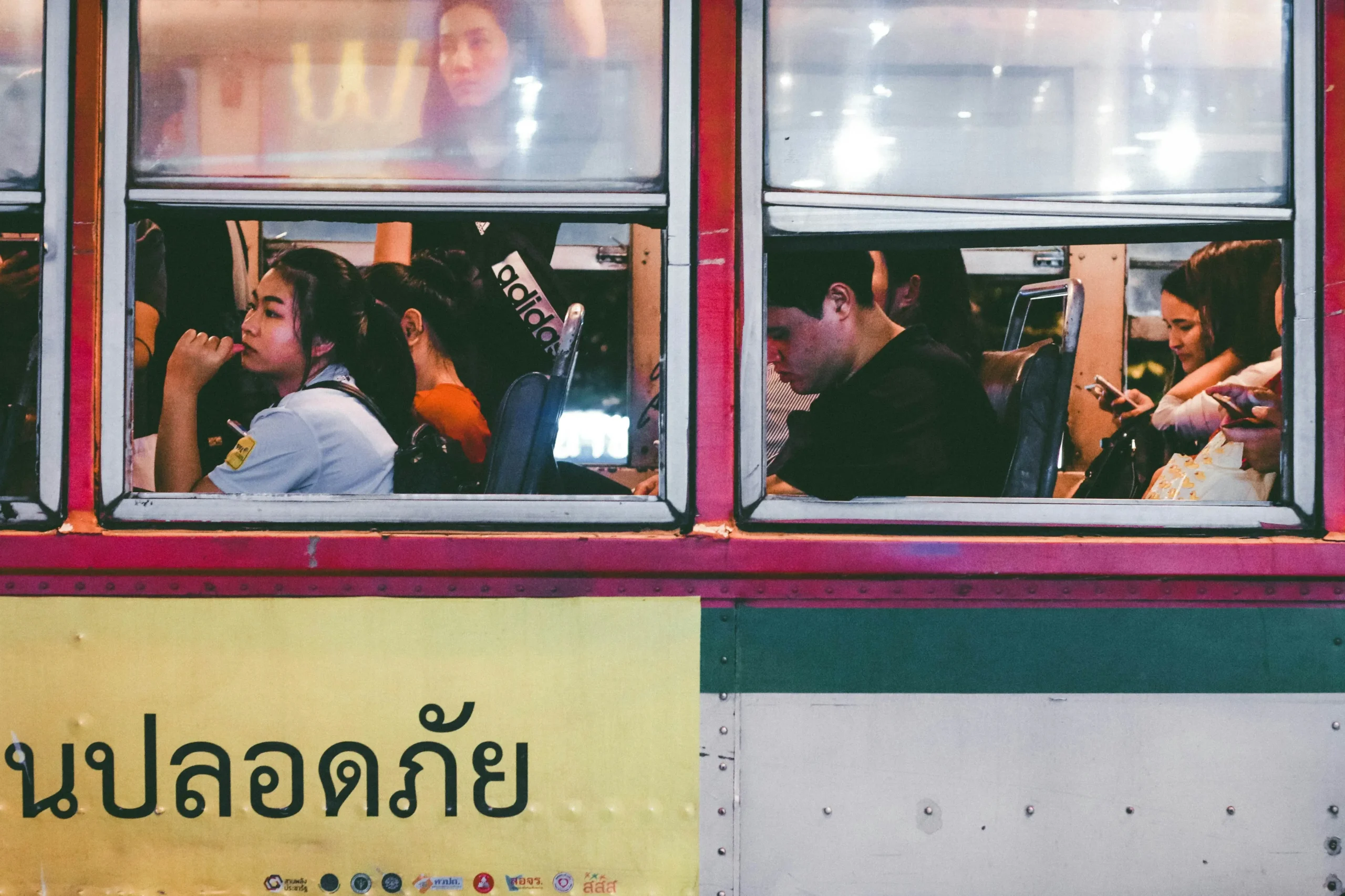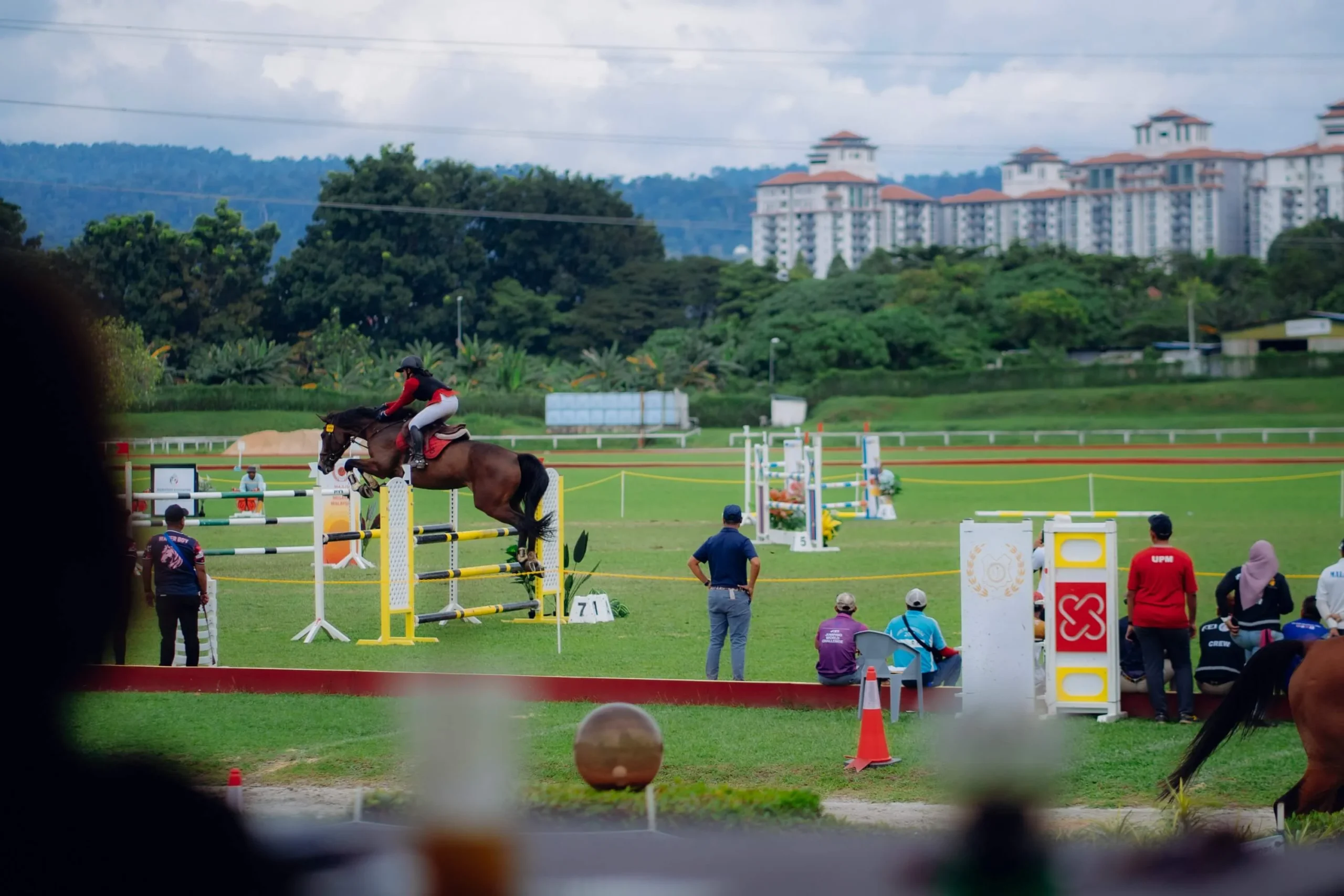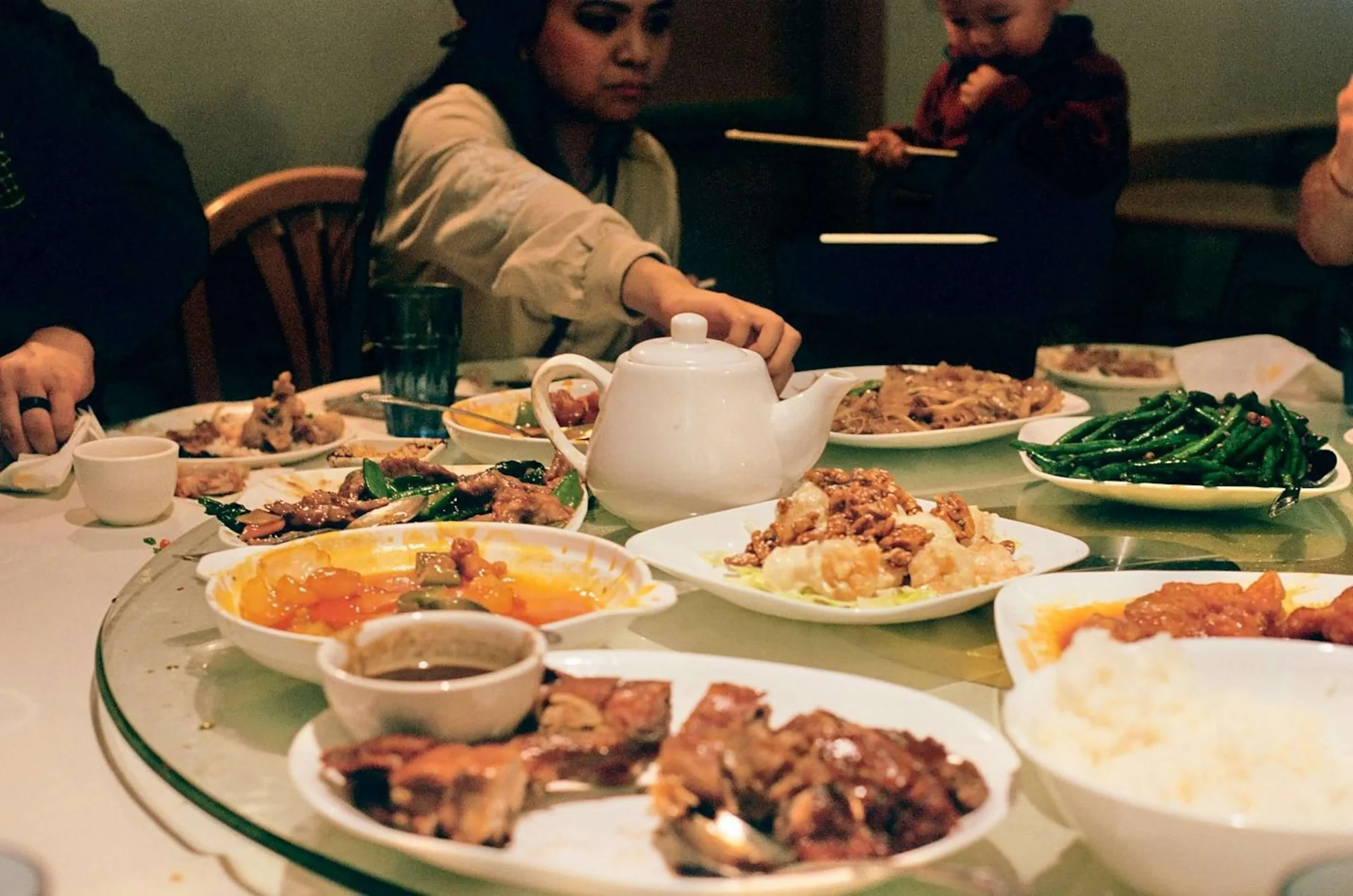For outsiders, the high-society calendar may look like a blur of glittering parties, candlelit dinners, and temple visits. But for those within the orbit, these occasions are not leisure—they are markers of belonging. To know where to be, and when, is to understand the unspoken choreography of Thai Hi-So life. Presence at the right moments signals refinement, lineage, and quiet influence; absence, just as much, can be noticed.
The rhythm of the year is not accidental. It follows a cultural pulse that blends charity, art, faith, and family into a sequence that only the well-initiated can navigate. Each season, each gathering, becomes a subtle reaffirmation of hierarchy, a way of mapping who stands where in the delicate order of things.
The year often begins with Bangkok’s gala season, when ballrooms at the Mandarin Oriental, Siam Kempinski, and The Peninsula become luminous stages. The Thai Red Cross Gala Dinner, for instance, is more than an evening of fundraising. It is a proving ground: who sits at which table, who sponsors which auction item, and who leaves quietly versus who lingers to be photographed. The elegance of dress matters, but so does discretion—Hi-Sos are judged not by how loudly they give, but by how naturally their giving appears. For newcomers eager to enter these circles, securing a table at such events is a first step. But the true insiders know that charity balls are about continuity. Families who have supported causes for decades show that their wealth is not only financial, but reputational.
As the glitter of gala season fades, the spotlight shifts toward the world of art and culture. Auctions at River City Bangkok, exhibitions aligned with the Bangkok Art Biennale, and evenings at the opera are where refinement merges with strategy. Attending is not about being seen as a buyer alone; it is about being recognized as a patron. To quietly acquire a canvas by a rising Thai painter, or to sponsor a chamber orchestra, positions one not just as wealthy but as a custodian of national culture. In this realm, global sophistication is prized—aligning oneself with the language of art and performance places a family within the international flow of cultural prestige.
Yet no calendar of Thai high society would be complete without its spiritual axis. Temple patronage remains a timeless form of influence. The kathin ceremony, held after Buddhist Lent when new robes are offered to monks, is one of the most important events for elite families. Sponsoring a kathin at a historic temple such as Wat Arun or Wat Benchamabophit carries profound weight. These ceremonies are not grand in the Western sense of spectacle, but their symbolism runs deep. They represent continuity of faith, respect for tradition, and a visible thread between wealth and merit. A family’s participation in temple events is an unspoken declaration: our success is aligned with dharma, our influence is legitimate because it serves society.
If charity galas measure generosity and temple rituals affirm faith, then society weddings are where everything converges. To be invited to the right wedding, seated among the right circle, is itself a recognition of status. Thai society weddings are often multi-day affairs, moving between temples, five-star hotels, and private clubs. They are carefully choreographed: a morning blessing, a lavish evening reception, and often a quieter family gathering that only the closest confidants attend. The guest list doubles as a map of the power structure. Captains of industry, political dynasties, and cultural figures appear not just to celebrate love, but to affirm bonds between families.
The grandeur of the setting—whether at the Mandarin Oriental’s storied ballroom or a private estate outside Bangkok—is secondary to what it signals. A wedding is not just a union of two individuals but a consolidation of influence, a public acknowledgement of networks intertwining. Those who are present at the right tables, and those who are not, quietly define the hierarchy for another season.
Taken together, the Hi-So calendar is less about dates than about codes. Galas reveal generosity; art fairs sophistication; temple ceremonies legitimacy; weddings lineage. To move effortlessly through these circles requires more than wealth—it demands an understanding of timing, subtlety, and presence. For the ambitious outsider, knowing these rhythms is the first initiation. To observe them is to glimpse how Thai high society sustains itself, not through constant display, but through carefully placed appearances. Each event, each season, is another chapter in a book written not for the public eye, but for those who already know how to read between the lines.
